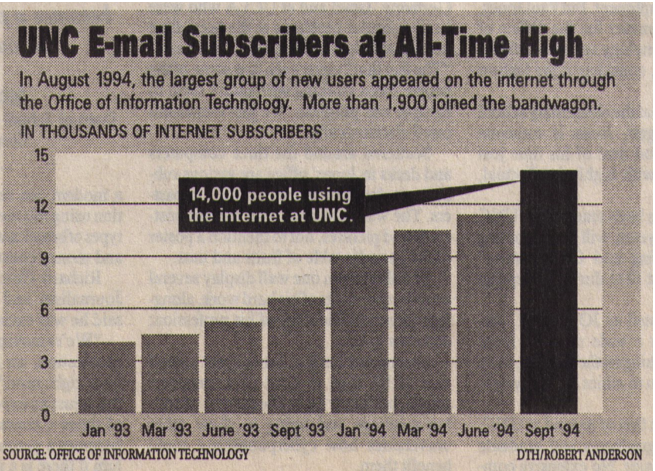MG Siegler of TechCrunch, who has also given up email, writes and opines about Gmail’s crowdsourced plea to help make keep email relevant by creating Gmail+ in Google Already At Work On “Several” Gmail/Google+ Integrations.
Google+ is not quite two weeks old. I quit doing email just about six weeks ago. I did give a one month warning back on May 1 (and on this blog on May 3).
I’ll admit that giving up email seemed radical, like putting myself at risk of some kind. But I know enough about myself that if I don’t take myself out of my comfort areas, I don’t learn very much and more importantly I don’t see the things that suddenly become obvious. I had spent too much of my life convincing people that email could improve their lives — and relative to phone calls, memos and the like, email has improved our communications environment.
But more and more the juryrigged nature of email showed it cracking up and not just at the edges. Improvements in collaboration technologies for scheduling meetings (shared calendars and Doodle), for coauthoring documents (Gdocs, MindTouch, various wikis, and even Sharepoint), for sharing pictures and videos (Picasa, Flickr, Facebook, YouTube, Vimeo, etc), for transferring files and doing backups (Dropbox, Box.com, etc), for managing the sharing of casual information in social networks (various activity streams) including location (4Square and various check-in providing relatives) left email in the dust. Even trouble ticket reporting via email is dead, replaced by services like GetSatisfaction.
Attempts to curb email abuse by social contract (like Chris Anderson’s Email Charter) or by technology (like the currently hot ShortMail) are mere patchwork and are doomed from the start.
It’s not just that email is time sink. It’s no that over half of the email any of us receive is spam. Filters or no. It’s not that I can’t create a filter for every site that wants to confirm who I am. It’s not that listservs get too busy — but I may need to read them sooner of later — and that RSS could bail me out of a lot of that problem.
It’s that our world of communications interactions has gotten very rich, very sophisticated, very active and very faceted. Email can’t keep up and we can’t keep up with email. As Michael Tiemann observed: email as a “enterprise service bus” that connects many applications via a common messaging format into a central processing unit. That CPU is YOU and was ME.
Technical developments like JSON and HTML5 have provided the technology underpinnings to help us restructure our approaches to activity streams and communications options in ways that allow us to be social and somewhat private as we desire.
I’m not the only one thinking this. Last summer, Facebook’s Sheryl Sandberg described some of the same problems and offered some of the solutions that we are beginning to see coming at us.
Sandberg noted, I have here, and Pew Internet studies report that under 25s have already given up on email. In fact, the email sticky demographic is pretty narrow. From my sample, completely observational, since May, that demographic is largely those 50 – 65 and systems administrators in institutions (as opposed to enterprises). The same demographic, at least the age one, resist online social networking according to another Pew Internet study.
My sysadmin/poweruser friends like to tell me on one hand that email is secure and on the other that no one can own their email. These are contradictory claims that don’t click. The more hands an email passes through on it’s way to you, the less secure. The only way to deal with a broad set of communications agents is to send very open messaging protocols across many different environments, few of which you or even people you trust control. Email is about as secure as a post card left at Starbuck’s by the sugar.
Things that are thankfully not email have taken on emailish names but they are no more email that a locomotive is an iron horse (or more recently a Harley) or a car, a horseless carriage. And we are all better for that too.
Horses, mainframes, and very tall hats all have their times of glory. No more. I see the same for email as you now know it. It’s already at the edge of the dustbin of history; soon it will be like photo magazines and radio theatre — seen as a curiosity or in revivals.
Yes #noemail is possible even practical. As Luis Suarez (four years without email at IBM) reminds me living in a world without email #lawwe can be done and can be fun.
One note to help bring insome other posts here in the #noemail category: Google Plus has begun to address many of the problems that I’ve been describing here. Hence a lot of posts here as Google Plus emerges and changes and as we all come to an understanding of how to help form its future. I fully expect that something more awesome than a simple partnership with Skype will be coming from Facebook soon. And I can’t believe that there will be only two players, Google and Facebook, fighting this out.
![[ email is dead ]](http://farm3.static.flickr.com/2195/2249978443_bc14129759_m.jpg)






Recent Comments